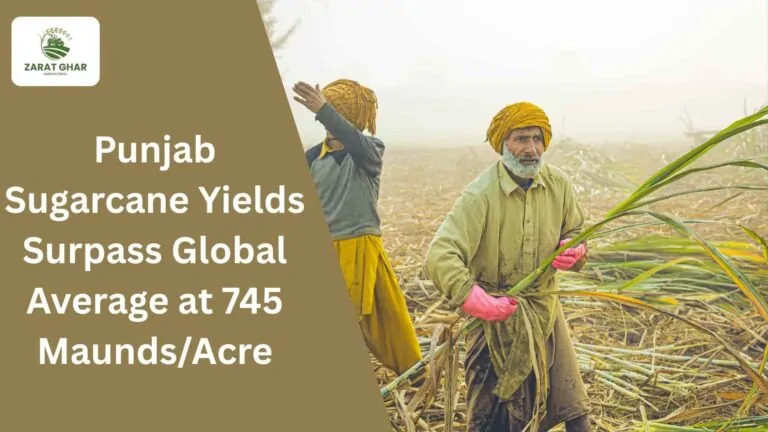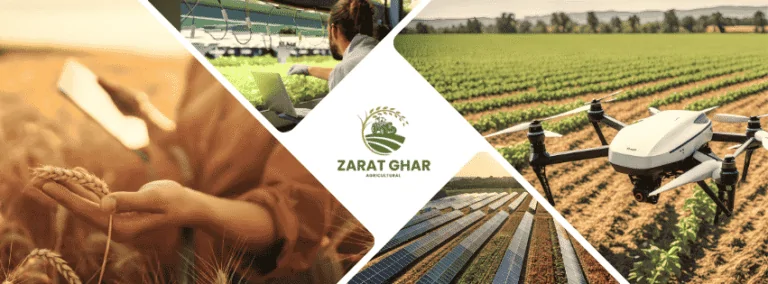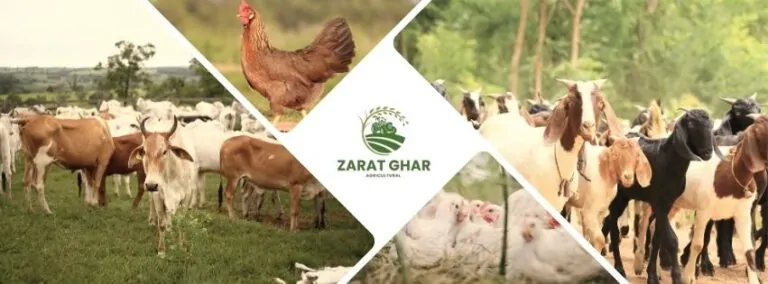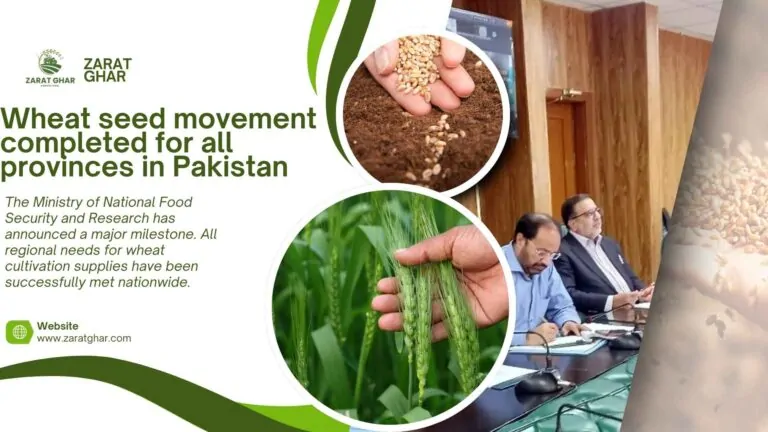Climate Change in Pakistan 2025: Effects on Agriculture
Climate change is causing unprecedented challenges in Pakistan’s agricultural sector. In 2025, Pakistan experienced a series extreme weather events including severe heatwaves and erratic rain, which all had a significant impact on crop yields and water availability. This article explores the multiple effects of climate changes on Pakistan’s agricultural sector during this time period.

Escalating Heatwaves and Crop Stress
Pakistan’s spring 2025 was marked by unusually high temperatures. Some regions reached up to 120degF. Heatwaves of this magnitude not only pose health risks, but they also stress crops such as wheat, maize and rice which are especially susceptible to heat stress. The high temperatures caused a rapid evaporation rate, which led to a water shortage and further hampered agricultural productivity.
Unpredictable Rainfall Patterns and Flooding
The monsoon of 2025 was characterized by heavy, unpredictable rains, which caused widespread flooding in many regions including Sindh and Balochistan. The floods in 2025 caused extensive damage to infrastructure and displaced thousands. They also submerged vast areas of agricultural land. These floods came on suddenly, leaving farmers little time to protect their crops. This led to significant losses.
World Weather Attribution conducted a study that found the monsoon flooding between June 24 and 23 July 2025 were intensified due to climate change. The rainfall was 10-15% higher than normal because of human-induced global heating. Scientists who expected conditions to be present only in 2050 were shocked by the floods, which resulted at least in 300 deaths and damage to over 1,600 houses.
Glacial Retreat and Water Scarcity
In Gilgit-Baltistan and other northern regions, glacial melting has been accelerated. This has resulted in unstable glacial lake formation. These glacial lakes have burst causing flash flooding and landslides which have destroyed villages, roads and agricultural land. The rapid shrinkage of the approximately 7,200 glaciers that feed vital river systems poses a serious threat to water resources in the region, which are essential for irrigation and drinking.
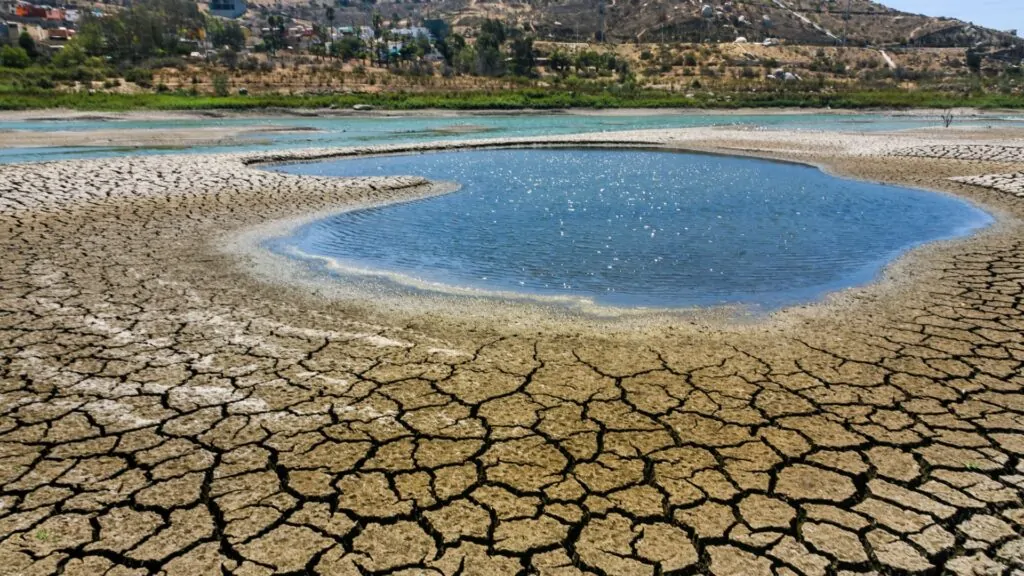
Water scarcity has been exacerbated by the drying of Indus Delta. Saltwater invasion has been caused by a combination of reduced freshwater flow and rising sea levels. This has rendered large areas unproductive. Around 1.2 million people were forced to leave their homes due to environmental change.
Economic Implications and Food Security
These climate-induced disasters combined have caused a 13.5% decrease in Pakistan’s primary crop production between 2024-25. The reduction in food production has also led to an increase in food prices and a rise of food prices. This is known as food-flation. Smallholder farmers and rural areas are most affected by the economic pressure, as they lack resources to adapt to changing conditions.
Financial Times report highlights the fact that extreme weather events are causing short-term spikes of food prices. This is called “food-flation.” Floods, heatwaves and wildfires disrupt crop distribution and yields across continents including South Asia. In the face of increasing environmental disruptions, this report highlights the importance of integrating climate risks into economic and policy planning.
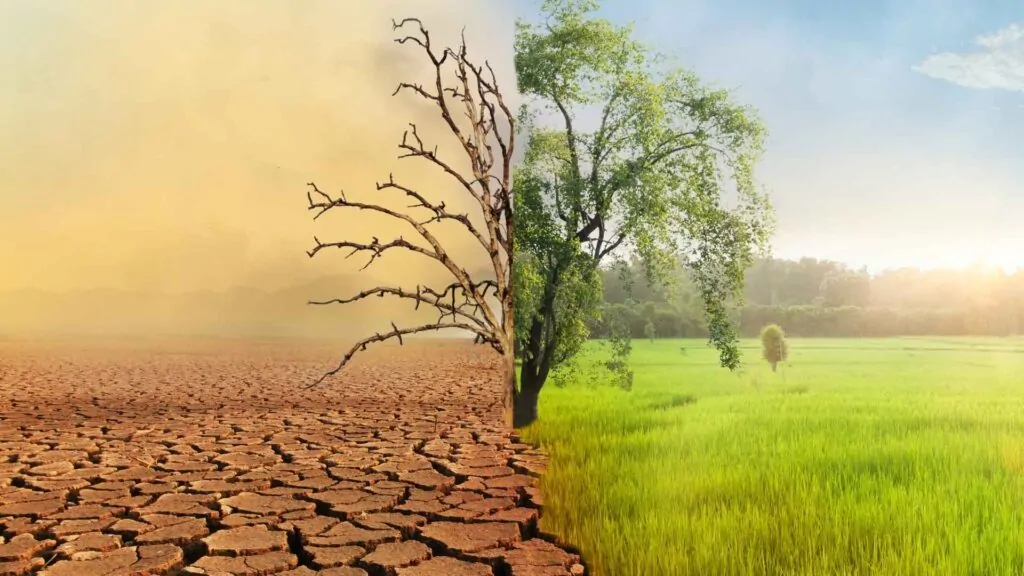
Adaptation Strategies and Policy Recommendations
Diverse adaptation strategies are being investigated in response to these challenges:
- Climate Smart Agriculture (CSA) By implementing CSA practices such as drought resistant crop varieties and efficient irrigation management techniques, it is possible to mitigate the impact of climate change in agriculture.
- Community Based Adaptation: By involving local communities in the decision-making process, adaptation strategies can be tailored to their context and culture.
- Policy Support Government policies which promote sustainable agricultural practices, and provide financial assistance to farmers, can increase resilience.
The effectiveness of these strategies can be hindered due to lack of resources, inadequate infrastructure, and lack of awareness.
Conclusion
Climate change will have a significant impact on Pakistani agriculture in the years 2024-25. Comprehensive strategies are urgently needed to combat this. While there are many challenges, proactive measures – from adopting climate smart agricultural practices to implementing supportive policies – can help build resilience and guarantee food security for future generation. To navigate the complexity of climate change, collaboration between farmers, communities and policymakers will be essential.
See Also;

